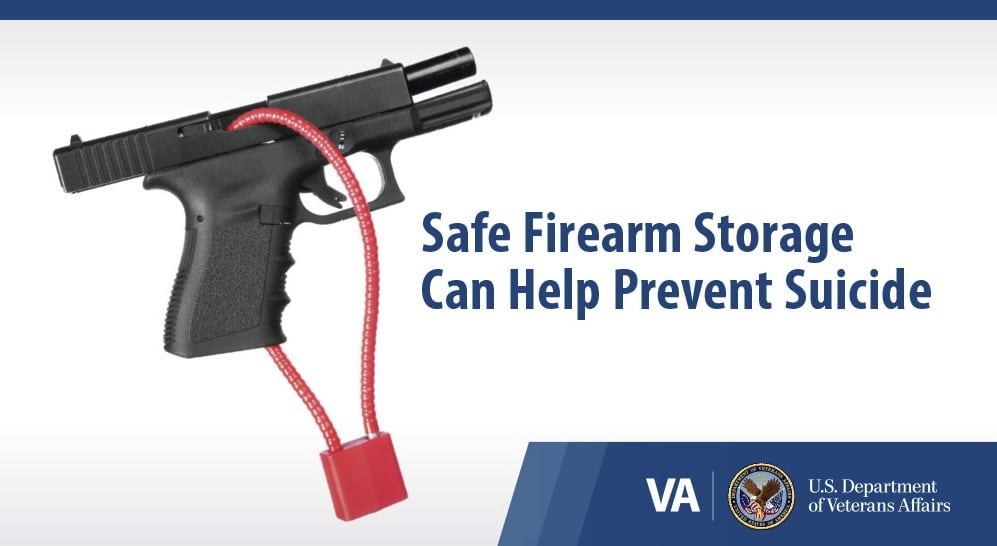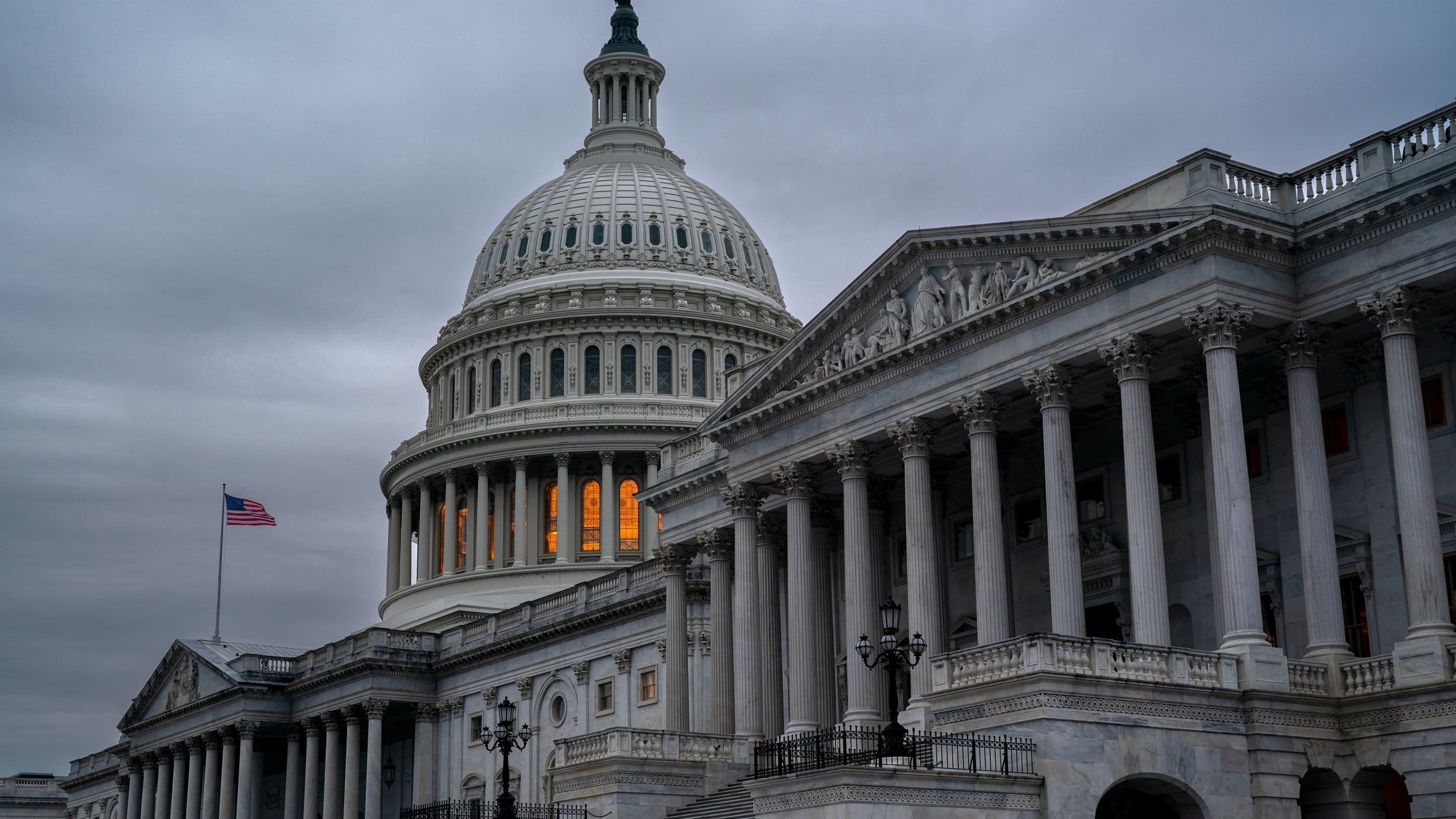Military leaders are planning to significantly expand their gun safety programs in an effort to stem suicides among service members, following the lead of other federal agencies and public health experts.
During congressional testimony on Wednesday, Karen Orvis, director of the Defense Department’s Suicide Prevention Office, said the work will begin this month, with messaging to troops regarding “the positive impact of safely storing firearms and medications” when they are facing mental health crises.
“Our data tells us that suicide is often a sudden and impulsive act and that adding time and distance between an individual’s suicide risk and a lethal means can be life saving,” she said.
The new efforts will include education and training handouts on why safe storage of firearms is important, information on available resources like gun lockers and locks, and guides for military leaders to discuss personal firearms safety with their troops.
RELATED

On Thursday, officials from the Center for American Progress released a new analysis of suicide data which found that troops and veterans are far more likely to use a firearm in suicide attempts than any other means.
In 2019, about 69 percent of all veteran suicides involved a gun, and about 65 percent of all active-duty and National Guard suicide deaths involved a firearm. Among non-veterans, that figure was less than half (about 48 percent).
“From 2003 to 2019 … the number of current and former military members who have died by gun suicide is greater than the number of soldiers that died while deployed during the post-9/11 wars,” the report states.
“Studies have found that the rate of suicide among soldiers who own firearms is higher than it is for those who do not own a gun at home. One of the main reasons is that firearms can easily be accessed and are considerably more lethal than other means.”
Veterans Affairs officials have ramped up their own gun safety efforts in recent months, including a host of public awareness campaigns aimed at both veterans and their civilian peers.
In November, the White House announced that VA, DOD and numerous other agencies would partner on a coordinated campaign to encourage safer storage of firearms, in an effort to highlight the issue.
And the Bureau of Alcohol, Tobacco, Firearms and Explosives earlier this year announced new rules mandating that firearms dealers include secure gun storage and safety devices in their inventory.
But the topic of gun safety and mental health continues to be controversial, especially among conservatives in Congress who have accused government officials of working to undermine Americans’ rights to buy and own firearms. Several measures to expand gun storage education programs and access have been met with partisan opposition in recent years.
RELATED

However, Craig Bryan, director of the suicide prevention program at Ohio State University’s Wexner Medical Center, said he doesn’t believe the military community in general shares that same resistance.
“Most service members we have talked to are open to these ideas,” he said. “This could make a big difference.”
In testimony before the House Armed Services Committee, Bryan said that gun safety issues are too often overlooked when public policy planners work on suicide prevention efforts.
“When people have convenient and easy access to highly-lethal methods for suicide, it dramatically increases the risk of death,” he said. “And I think we have for too long in this nation refused to talk about the role of firearms and suicide prevention.
“Two-thirds of all gun deaths in the United States are suicides. Half of all suicides are gun-related. The two are intimately connected, and we need to be talking about how we can change the environment to limit convenient access to firearms in the same way that we limit access to driving your vehicle when you’re intoxicated.”
RELATED

Orvis on Wednesday noted that the Defense Department’s efforts on the topic have limitations, given that military leaders cannot track or police personal firearms owned by troops.
But she said officials are “looking at a variety of ways in which to increase lethal means safety,” to include not just guns but also medication abuse (the third-most common method of suicide attempts, according to federal data).
The authors of the CAP report said they’d like to see more done, including specific policies which encourage troops and veterans facing mental health challenges to remove personal firearms from their homes temporarily for their own safety.
“Suicide among this demographic can be prevented,” they wrote. “By both prioritizing health care and passing safe and effective gun laws, we can reduce the rates of suicide among veterans. Addressing this issue cannot wait.”
Service members and veterans experiencing a mental health emergency can contact the Veteran Crisis Line at 1-800-273-8255 and select option 1 for a VA staffer. Veterans, troops or their family members can also text 838255 or visit VeteransCrisisLine.net for assistance.
Leo covers Congress, Veterans Affairs and the White House for Military Times. He has covered Washington, D.C. since 2004, focusing on military personnel and veterans policies. His work has earned numerous honors, including a 2009 Polk award, a 2010 National Headliner Award, the IAVA Leadership in Journalism award and the VFW News Media award.










